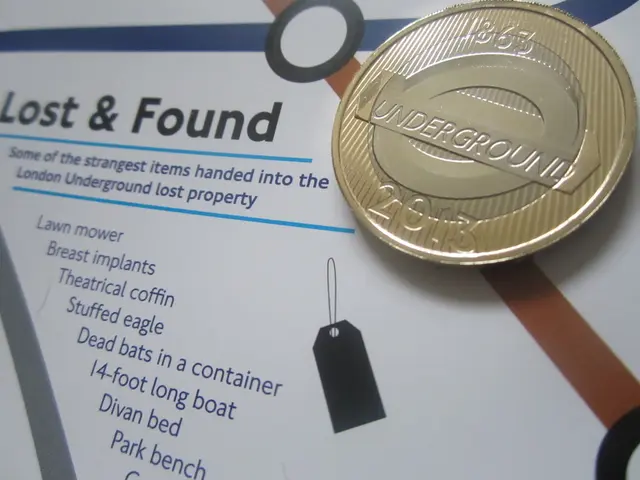Euro's Bullish Trajectory Remains Unscathed Post FOMC Sell-Off (Technical Breakdown)
The EUR/USD exchange rate has surged to a 4-year high of 1.1919 on 17 September 2025, marking a significant milestone in the ongoing rally of the euro against the greenback. This development follows a minor corrective decline of 1.2% from its post-FOMC high, but the bullish bias above the key short-term pivotal support at 1.1790/1.1770 remains intact.
The current decline is occurring within an ongoing minor uptrend phase since the 1 August 2025 low of 1.1392. The EUR/USD has experienced a robust rally since then, with the latest summary of economic projections (dot plot) indicating two more projected interest rate cuts of 25 bps each before 2025 ends.
The narrowing yield spread between the 2-year German Bund and the US Treasury note has also contributed to the euro's strength. The yield spread, which was -1.63% on 17 September 2025, has continued to trend higher and is now at -1.54%. This indicates a relative decline in the yield attractiveness of the 2-year US Treasury versus its German counterpart, exerting downside pressure on the US dollar against the euro.
Moreover, a continuation of dovish expectations implied by the Fed funds futures market is likely to cap the strength of the US dollar, creating a positive feedback loop back into the EUR/USD. Despite the Fed's "meeting by meeting" rhetoric, the Fed funds futures market is still expecting at least three interest rate cuts of 25 bps each in 2026.
The hourly RSI momentum indicator has staged a bullish breakout from its parallel descending resistance, further supporting the bullish bias on the EUR/USD above 1.1790/1.1770 key short-term pivotal support. Above this level, and a break above 1.1860, the EUR/USD may retest 1.1910 before encountering the next intermediate resistance at 1.1970/1.2000. This resistance level is a Fibonacci extension and the upper boundary of the minor ascending channel.
However, the EUR/USD extended its decline in the Asia session on 18 September 2025, hitting a low of 1.1780. Whether this is a temporary correction or the start of a larger corrective decline remains to be seen, with the next intermediate supports at 1.1700 (also the 20-day moving average) and 1.1675 (also the 50-day moving average) potentially coming into play.
The euro broke above its 52-week high of 1.1830 on 1 July 2025, signalling a strong bullish trend. Forecasts on the payment ratio development between the 2-year Bund notes of Deutsche Bank and the US Treasury Notes for 2026, published by Deutsche Bank, further support this trend.
In conclusion, the EUR/USD's bullish outlook is underpinned by a narrowing yield spread, dovish Fed expectations, and a robust euro rally. While corrections may occur, the overall trend remains positive, with the next major resistance at 1.1970/1.2000 on the horizon.
Read also:
- Industrial robots in China are being installed at a faster rate than in both the United States and the European Union, as the global market for these robots faces a downturn.
- Hyundai N affirms transition to hybrid performance-centric models, initiating with Tucson N
- EAFO Research Uncovers Crucial Elements in Electric Vehicle Adoption within the EU
- Stock markets in India anticipated a moderate opening, influenced by mixed signals from global markets.







